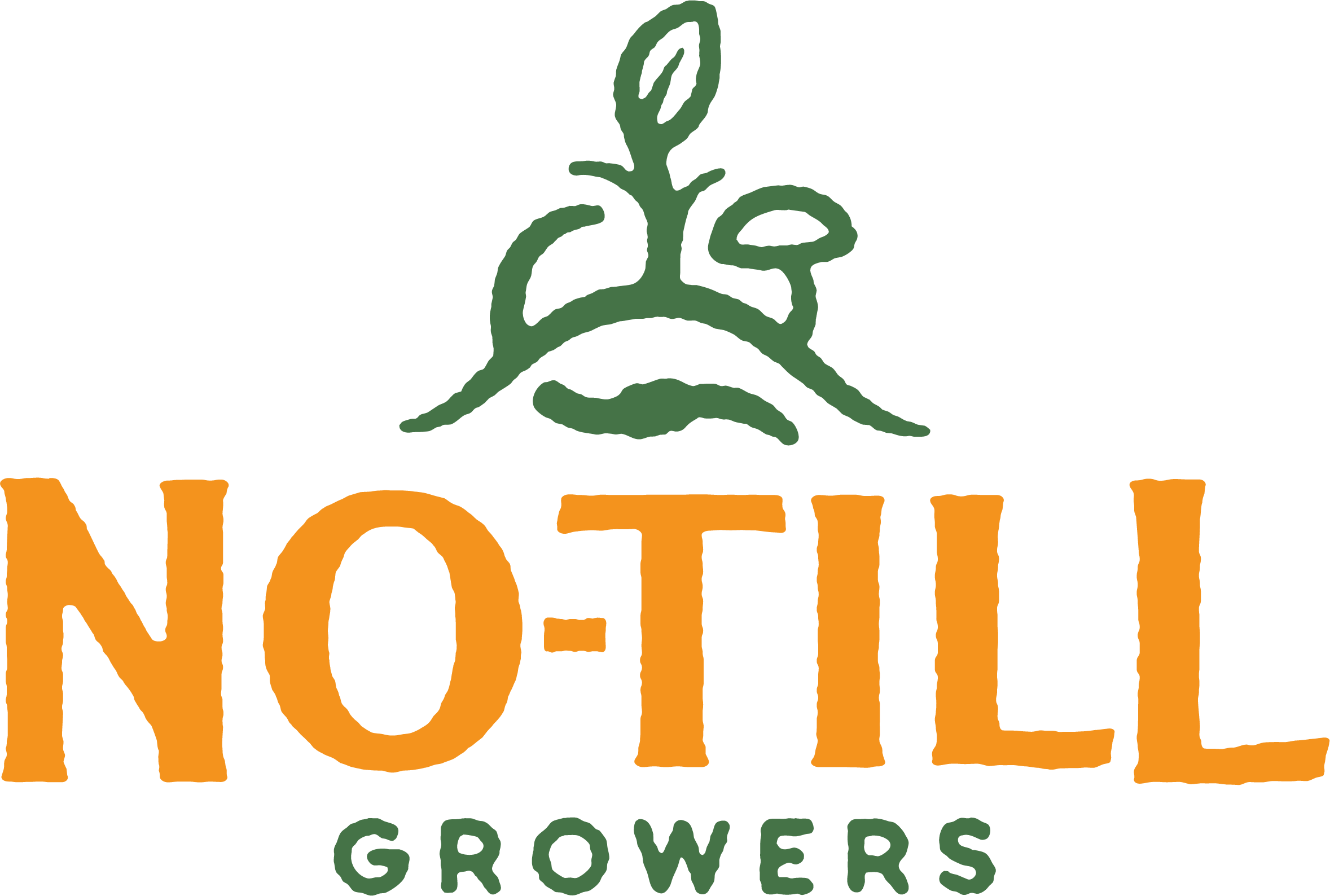The Best of// Rough Draft Farmstead
[a recent shot of the drive leading to No-Till Grower HQ, Rough Draft Farmstead]
Each week, Farmer Jesse sleuths the internet for a “best of” collection related to the last podcast guest so we can get a hard and fast look at their work. It’s difficult to get a full picture of a farm from a one hour interview—the podcast seems best suited to expose listeners to new ideas and bring no-till to the forefront—but these best-of collections give me a chance to decide, with my limited time now that the season is well underway, whether I want to go deeper.
Since Rough Draft Farmstead was the season finale, it’d just be weird for him to write his own best-of post. So, let me present the best of Rough Draft Farmstead. Remember to subscribe to RDF’s YouTube to get weekly videos about what’s going on at the No-Till Growers HQ.
On Interplanting
Interplanting is hot right now, literally and figuratively. It’s not widely written about in an official way probably because—unlike standard plant spacing on a 100’ bed, say—it’s so… well, wild. Really. There are plenty of standard spacings that don’t provide good soil coverage or maximize bed space (or photosynthetic efficacy, thanks Karl) for the duration of the crop. Why not throw down something in the mean time? Besides, one of the principles we espouse here is to keep roots in the soil as much as possible, and this is a great way to do so. Cliff notes: radishes, scallions, (multi-sown plugs), and head lettuce make the easiest inter-crops. Use them to fill gaps.
On Broadforks
Of course, we’d be remiss not to mention a good broadfork video. Aside from a wheelbarrow, a 5gal bucket, maybe a tarp or two, and a good pile of compost, this is one of the few essential tools of the no-till market gardener. And may people do it wrong. Here’s how you do it right.
Use checkout code “toughguy” at Paperpot.co to save on a Meadow Creature broadfork.
On Summer Lettuce
Summer lettuce is the new early tomato, only much more affordable to produce. One of the tricks to hacking farmers markets and CSA boxes is to have lettuce every market/share. And, here in zone 6, or further South, that can be tricky. With a little bit of planning, timing, and overhead irrigation, it can be done, and Farmer Jesse shows how.
On no-till, No-mulch
One of the biggest complaints we hear is about not having access to decent compost. Or what if you want to balance the soil in other ways? What, then? There is more than one way to no-till (maybe more ways to not till than to till, arguably) and Farmer Jesse flips a few beds without compost-as-mulch to show how it’s done, along with describing some of the pros and cons.
No-till, the downsides
One of our preferred approaches of no-till is what we call the “compost-as-mulch” method. If done properly—and there’s a lot to consider in there—it’s a good way to build a foundation of fertility and promote microbial life in the soil relatively quickly, not to mention getting plants in the ground ASAP. But, as with everything, it has it’s downsides, and Farmer Jesse is up-font about what to expect when using this approach. In order to do something well, you first have to do it, even not-well at first. That’s called learning, and we can’t stress learning-by-doing with no-till enough.. The more we’re open and honest about what we learn, even our mistakes, the faster we can improve upon the downsides and make no-till even more better (yeah, I said it).
First, and foremost, our work is—in large part—supported by YOU! Yes, you. Our purpose is to bring you—the grower—the best no-till growing content out there. For free. Did you get something out of this season of the podcast? If you found season one to be of value, and want to see No-Till Growers grow, support our work for as little as $2/month on Patreon or Venmo/Paypal a onetime contribution. Quite literally, we couldn’t do it without y’all. AND WE REACHED OUR $1K GOAL! We’re already at work on planning season two as promised, and would love to do so much more, so let’s see what else we can [no]dig into.
